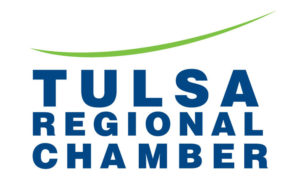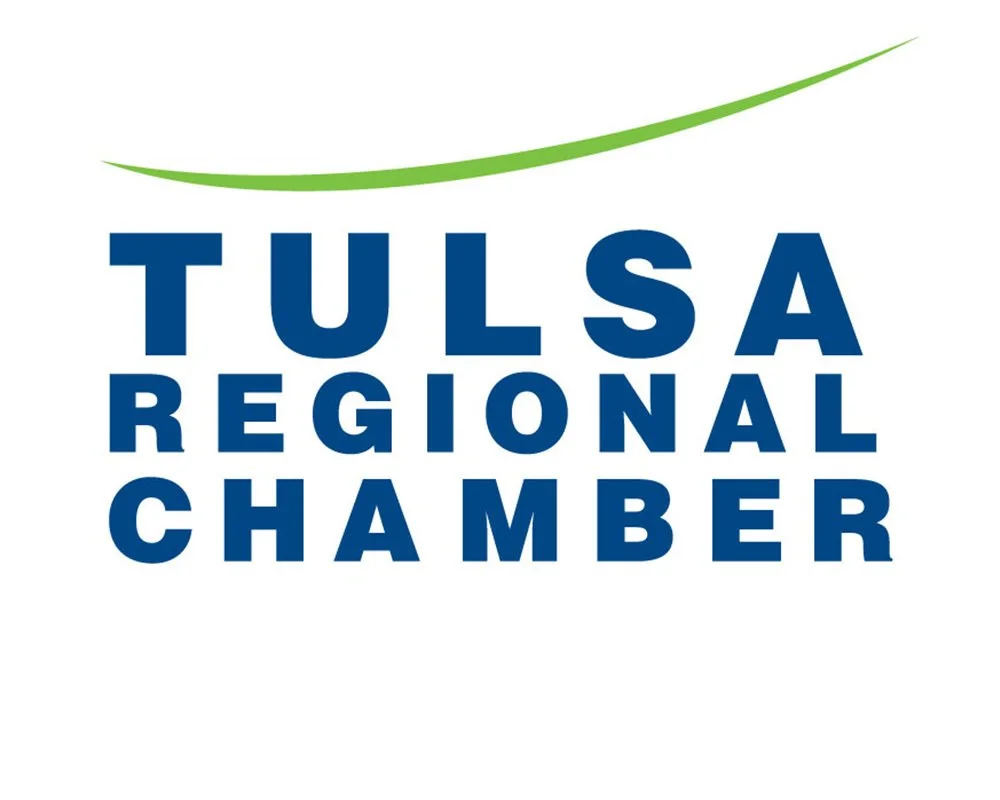Regional chamber recognized as “National Chamber of the Year” with FiscalNote’s flagship advocacy solution VoterVoice at the top of its tech stack.

In one of the most challenging years in recent history, the Tulsa Regional Chamber has been honored as “National Chamber of the Year” by the Association of Chamber of Commerce Executives (ACCE). Not that the Tulsa chamber is any stranger to this award — it has received it three times before since 2005.
But 2020 has been unlike other years. It has been a challenging time for multiple sectors of the economy including chambers of commerce across the country. The Tulsa Regional Chamber represents more than 2,200 business members in more than a dozen counties advocating for advancing pro-growth business policies at all levels of government. Its main focus is trying to ensure that the regions’ cities are competitive at a national and international level and able to attract businesses while protecting economic incentives for its members. Naturally, priorities inevitably shifted when COVID-19 hit.
As the pandemic unfolded, the Oklahoma state legislature proposed three business liability bills, which became a main focus for the Tulsa Regional Chamber. “We wanted to ensure that businesses were protected from frivolous lawsuits after the pandemic,” says Elizabeth Osburn, senior vice president of government affairs at the Tulsa Regional Chamber.
Digital Advocacy for the Win
To get the legislation passed in these unprecedented times, traditional advocacy wasn’t going to cut it. Like many other states during the pandemic, Oklahoma’s state legislature adjourned for a few weeks. When legislators returned, they changed voting by proxy rules and the rules on who would be allowed in the Capitol. VoterVoice, FiscalNote’s digital advocacy solution became the powerhouse to fuel Tulsa Regional Chambers’ efforts.
“Having communication tools at our fingertips during this time has been absolutely critical to continuing to get our message to legislators,” Osburn says. “When you have members of the state House and members of the state Senate that are either voting by proxy or are completely quarantined — and you don’t always know who’s quarantined or who’s in-person — having these action alert tools that we utilize through VoterVoice was absolutely critical to ensuring success with these business liability bills. I don’t think they would have passed if we hadn’t had this tool at our fingertips.”
All Hands on Deck
Time was of the essence at the beginning of the COVID-19 pandemic. Every part of life was being upended and decisions were made quickly. Osburn recalls having about 36 hours to set up the campaign in VoterVoice and mobilize the troop of approximately 400 individual advocates to contact their representatives and push for the passing of these legislations.
“This was absolutely unchartered territory, and so we didn’t necessarily have the luxury of setting objectives beforehand. It was all hands on deck, trying to reach as many legislators as we could with specific business stories … urging them to vote yes on these bills,” says Osburn.
Even with that short timespan, the campaign yielded very positive results reaching between 20 and 26 percent in action rates. Osburn’s team used VoterVoice to quickly set up and distribute the campaign to supporters, and make it easy for them to take action and contact their legislators with personalized messages.
“The VoterVoice platform is a great way to lead people in a user-friendly manner and really empower them to take action,” Osburn says.
Personal Approach
The Tulsa Regional Chamber uses its VoterVoice action center page as the hub for its campaigns to provide issue summaries for its advocates and give them the talking points and key information they need to know before taking action. Then, Osburn’s team prepares a template message supporters can use to email, tweet, or call their legislators through VoterVoice. “But we encourage them to tell personal stories — the more personal, the better. As a backstop, they have the bullet points that we’ve written, but we always encourage them to put their specific business impact,” she adds.
Allowing supporters to edit their message to legislators has been a great way to get those personal messages to reach legislators in a quick and impactful way. Osburn also uses VoterVoice’s reporting features to follow up with those who took action.
“We thank them for the action that they’ve taken so we are able to cultivate closer relationships. Not only do we achieve our goals legislatively, but also follow up and strengthen our relationships with some of our core members and partners,” says Osburn. “[VoterVoice has] helped us identify those within our membership that we can better engage with, and that we can then perhaps approach for investment opportunities or sponsorship opportunities. … It has really helped us in cultivating talent lists, and sponsorship lists.”
Additionally, with the global pandemic, the Tulsa Regional Chamber has become vital for many businesses even more so than before — especially for small- and medium-sized businesses.
“There were specifically small business members and industries that we had not partnered with as closely before that we were suddenly acting as their lifeline for information,” says Osburn. “I think that communication helped us pivot to new relationships and strengthen our advocacy engagement with some members and industries that we had never been able to engage with in that way.”
Maximizing Engagement from the Get-go
Besides the 2,200 business members, the Tulsa Regional Chamber also partners with organizations that range from other chambers of commerce to economic development organizations, county and city governments, and educational institutions. Osburn’s team makes sure each year this group of members and partners has a say in the chamber’s policy agenda.
“We’re talking about over 75 different organizations within the region. So not just businesses and not just government officials, but these other organizations that come together collectively to speak with one voice,” Osburn says. “I think our biggest recruiting strategy for our advocacy process is that we give people a voice. We allow our members to shape our agenda on the front end and then we engage them to advocate for it.”
Using VoterVoice, the Tulsa Regional Chamber has identified roughly 400 individuals, within its member and partner organizations, as top grassroots advocates based on their participation and engagement with its campaigns.
“They’re interested in engaging, in shaping our agenda and then advocating for it,” says Osburn. Her team turns this interest into action with targeted campaigns that connect these highly engaged individuals with key legislators. “We use VoterVoice as such a critical tool for connecting advocates with legislators via email, text message, web communication, and social media.”
Planning for an Uncertain 2021
Given the turmoil of 2020, Osburn says there’s still a laundry list of legislative priorities that were unfinished this year because of the pandemic shift. Her team is starting to prioritize those plus new priorities while looking to learn as much as possible from their 2020 campaigns.
One thing is certain, though, FiscalNote’s VoterVoice will continue to be an important tool in the Tulsa Regional Chamber’s advocacy toolkit. “It’s very simple on our end to get set up, and it’s extremely user friendly. It doesn’t have a lot of unnecessary bells and whistles that will confuse folks. We also like that it integrates really simply with social media. It’s really clean and aesthetically pleasing,” says Osburn. “It checks every box that we need it to check.”
Ready to see for yourself?
Learn how VoterVoice helps you promote action to affect bills and regulations, as well as assess your impact and drive results.


